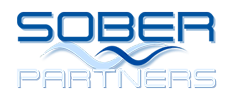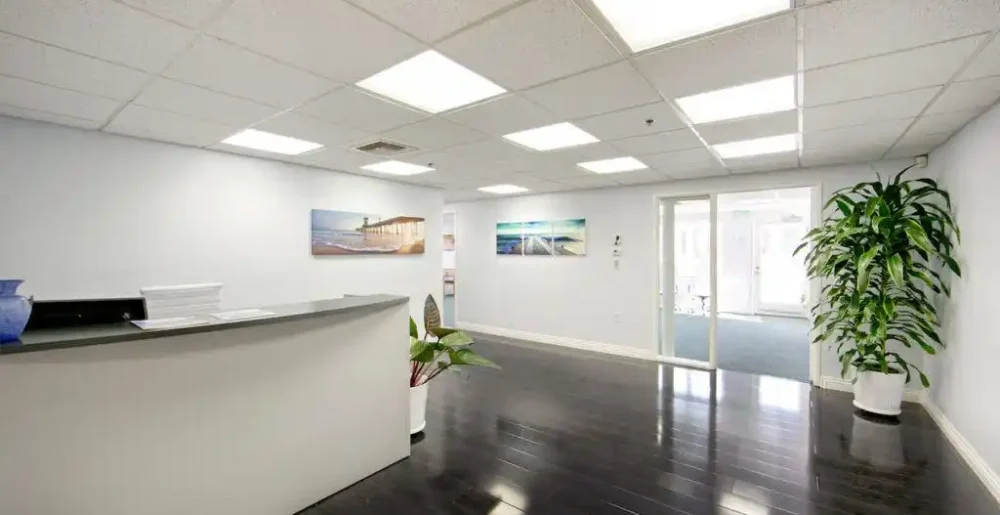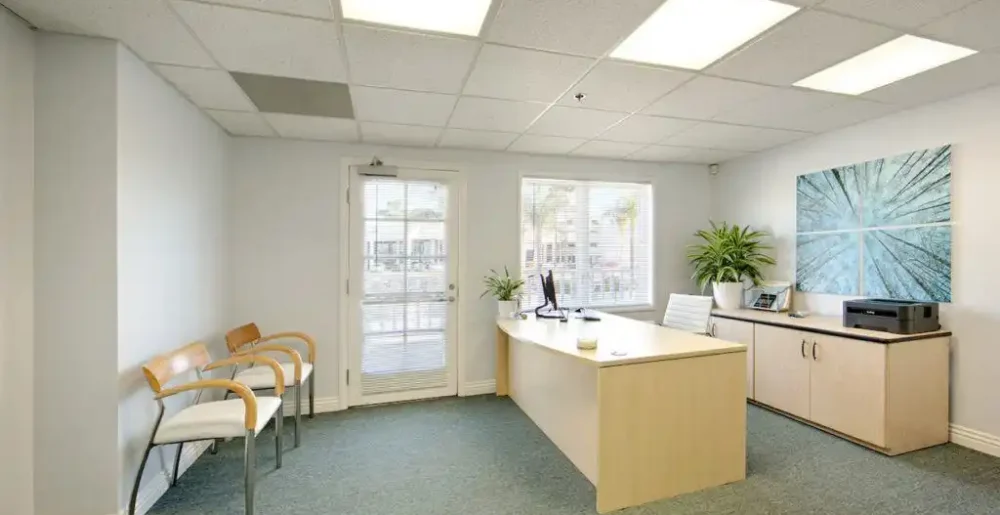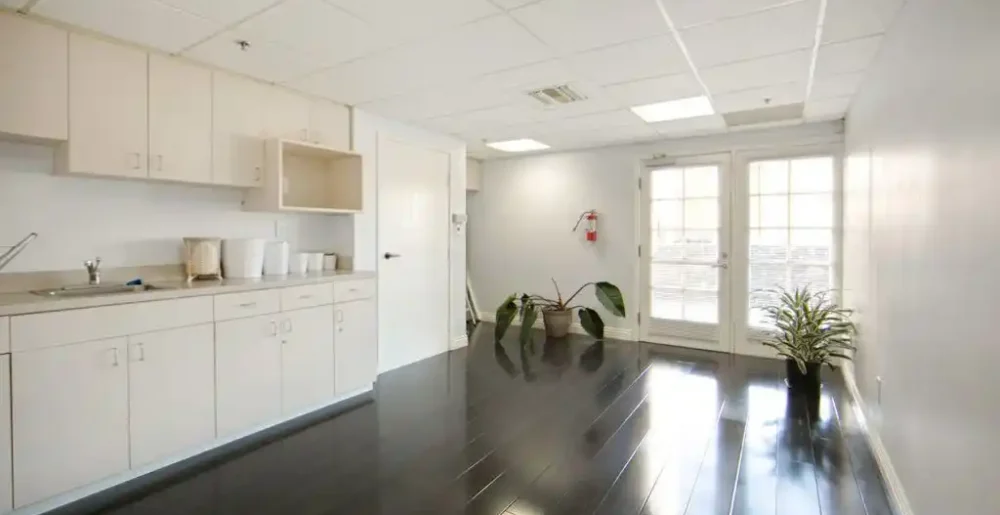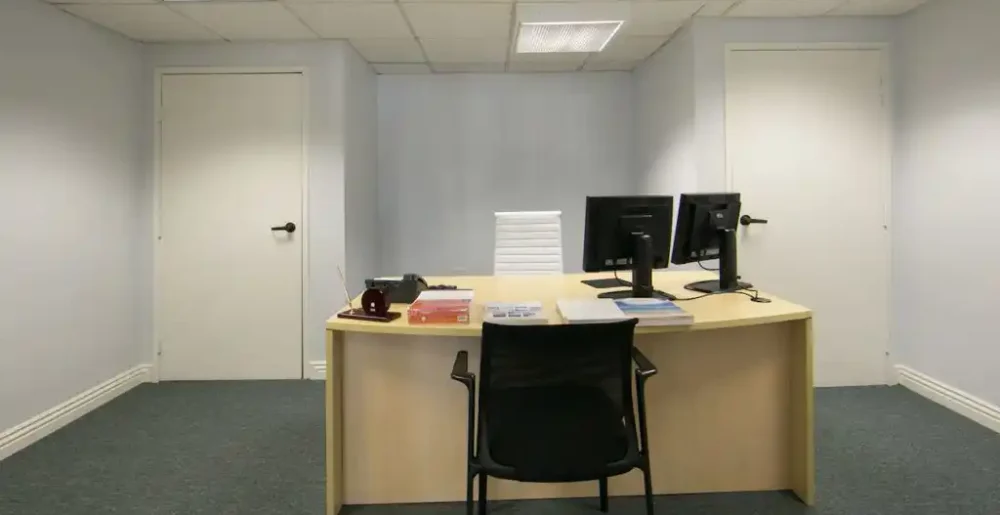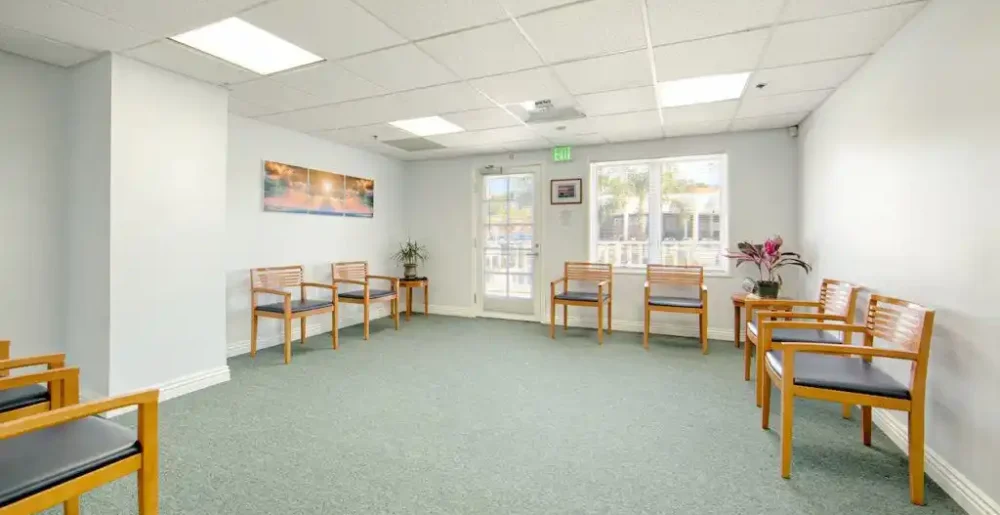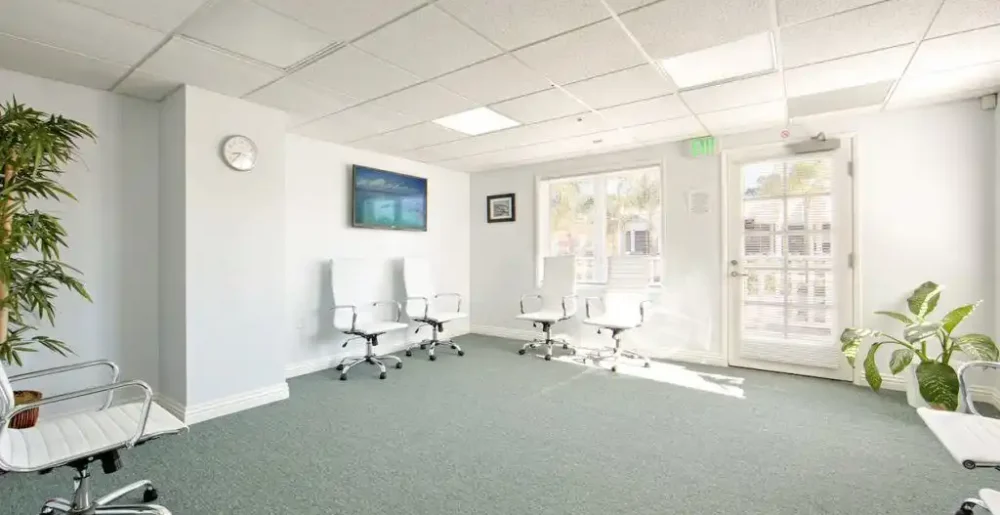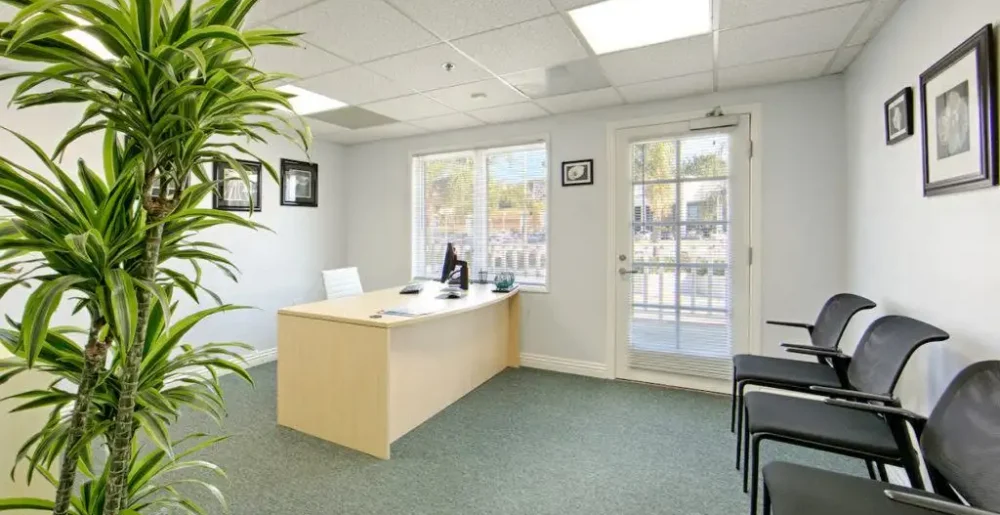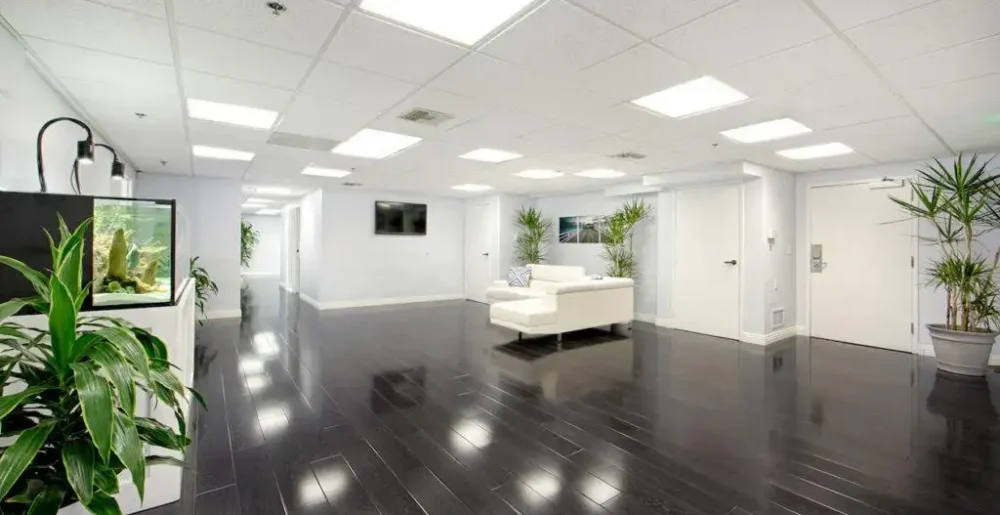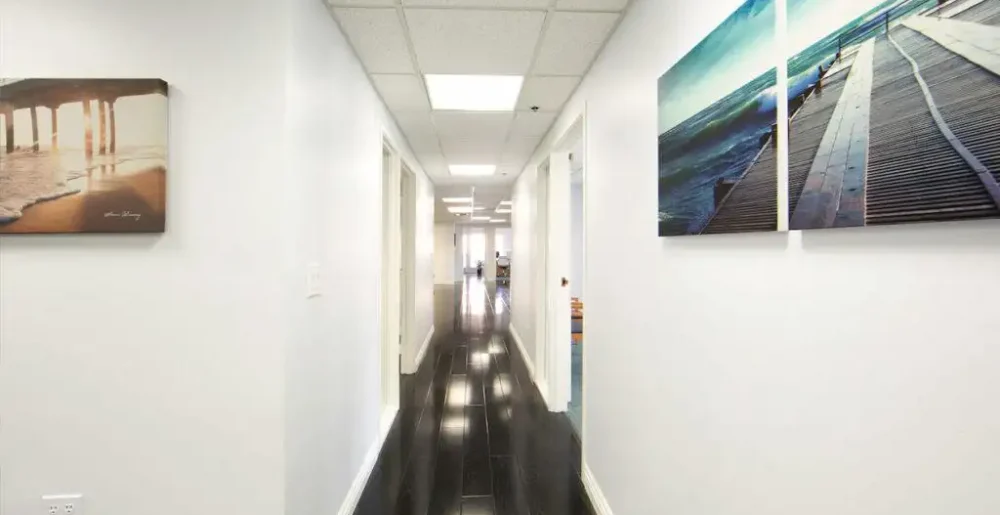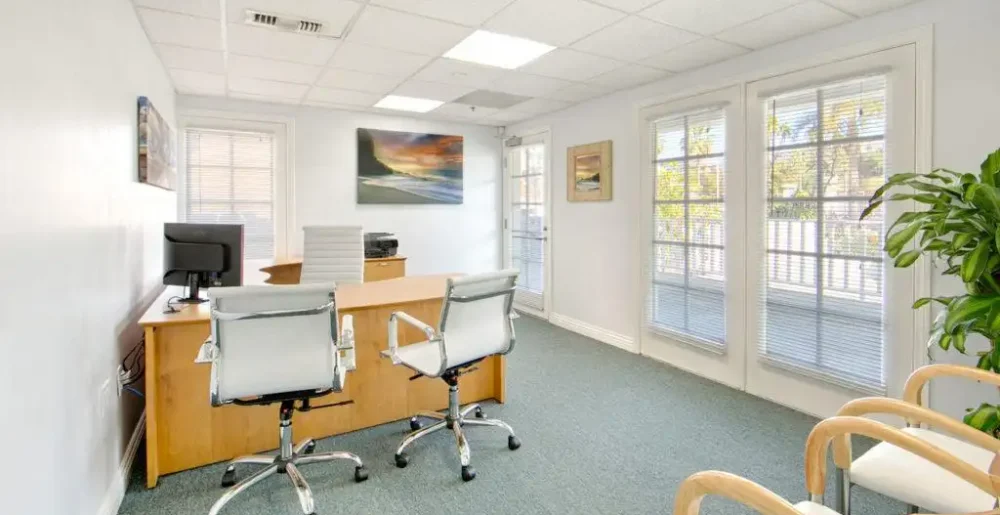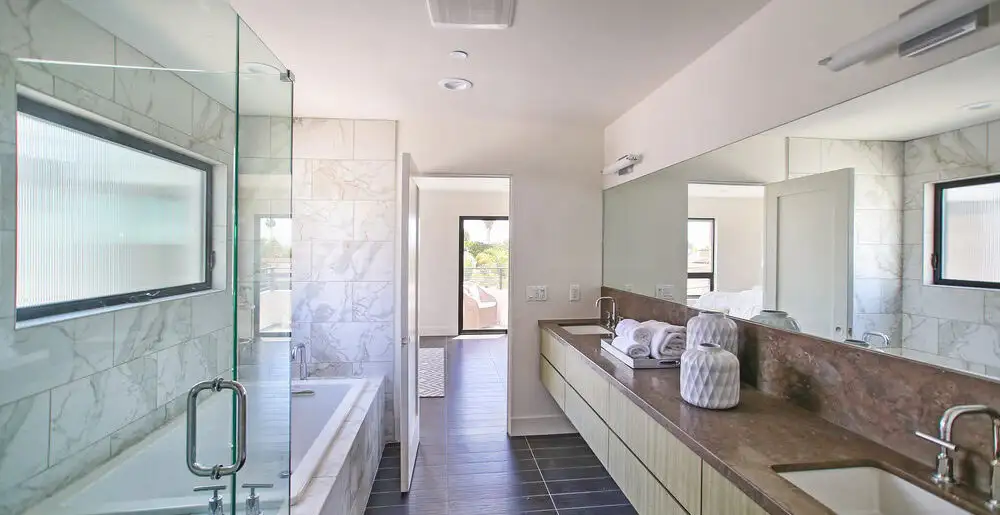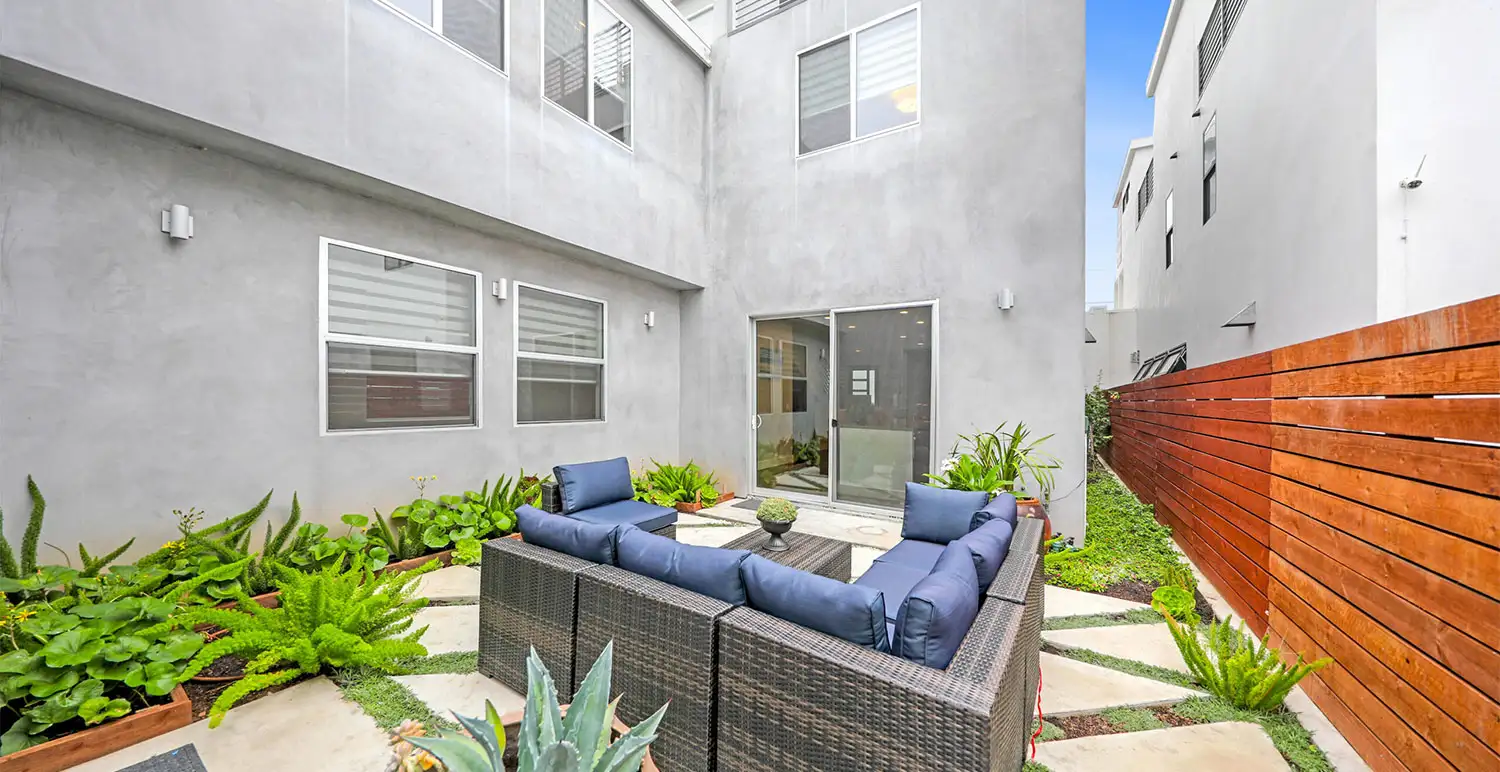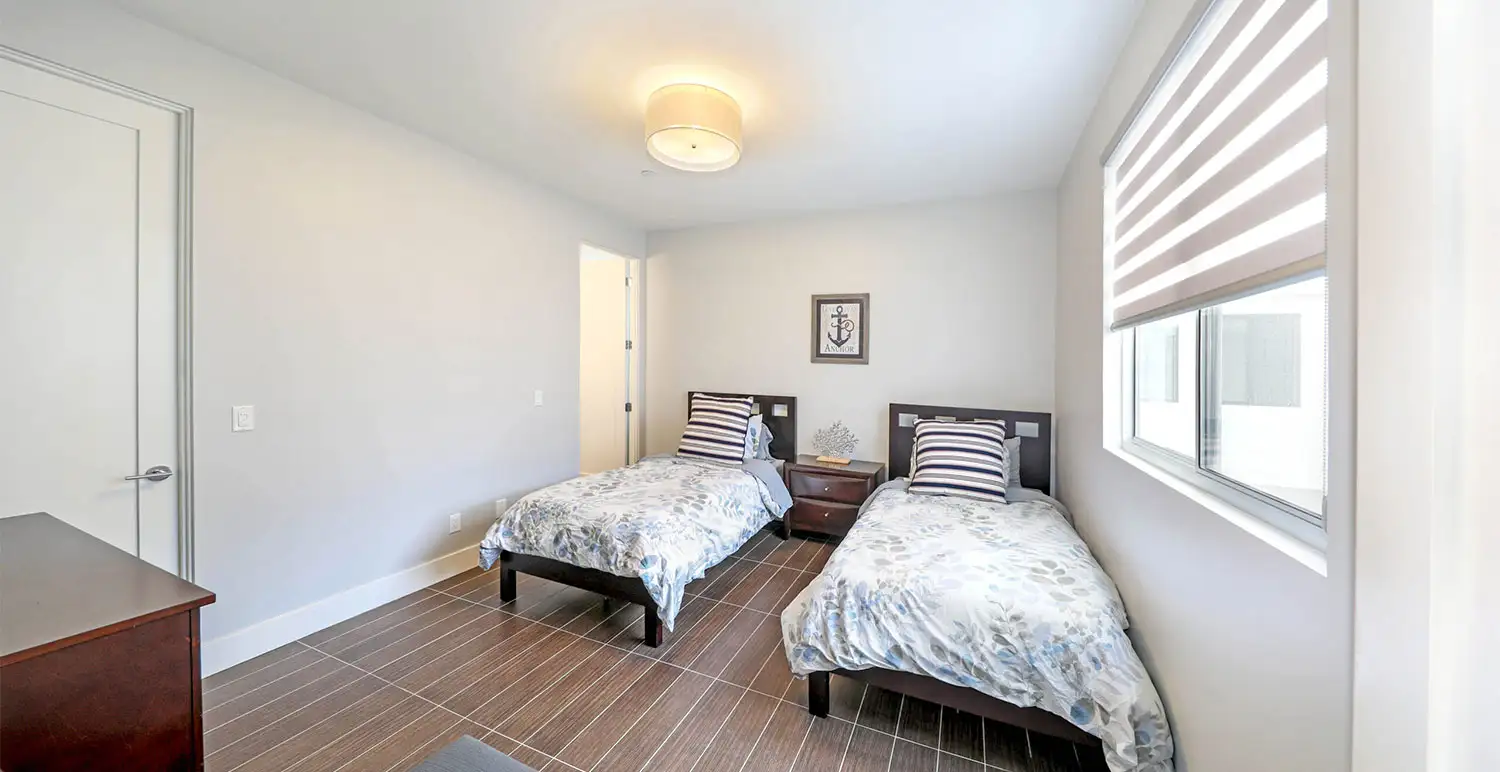Dual-Diagnosis Treatment
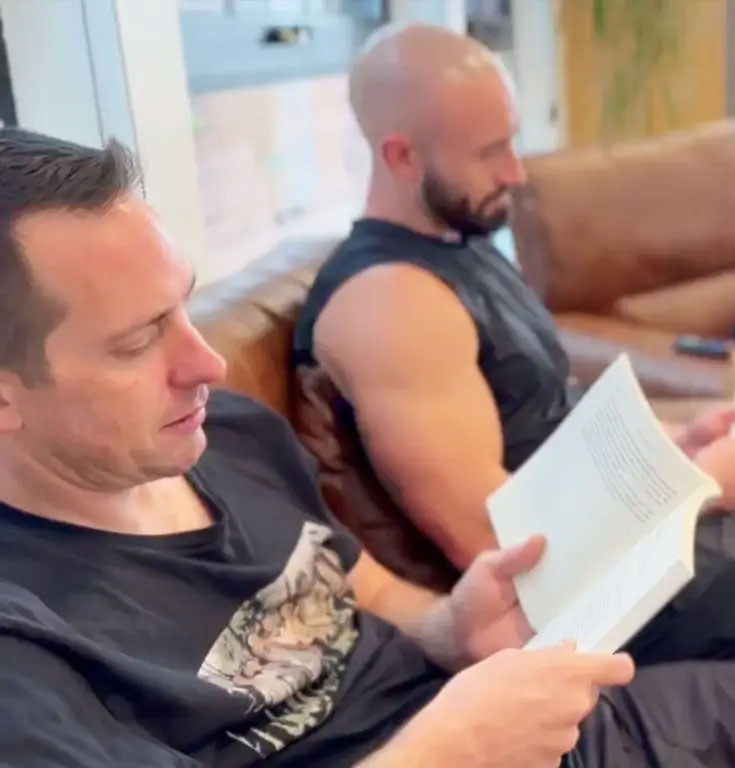
The Sober Partners Approach
Dual Diagnosis Treatment in Orange County, CA
Our focus at Orange County’s Sober Partners Network is the treatment of drug and alcohol abuse, but we can never exclude the fact the many of our clients come to us diagnosed with co-occurring disorders. Dual diagnosis of co-occurring disorders with substance use disorders refers to other mental disorders that pair with drug and alcohol addictions.
Some believe the substance use disorder comes first; others believe the substances worsen pre-existing disorders. Regardless of the chicken-egg scenario, symptoms of these disorders can be treated when diagnosed adequately at our Huntington Beach rehab.
Fortunately, when a client begins a life of sobriety, many symptoms of these disorders can disappear. All new clients at Sober Partners’ dual diagnosis rehab in Orange County, CA receive an initial evaluation from our licensed therapists upon arrival. In addition, medical staff performs a physical exam in order to help design a treatment strategy that best suits individual client needs.
With plans tailored to each patients’ mental health condition, our treatment centers in Newport Beach and Huntington Beach rehab centers see significant success rates.
A Mental Health Disorder diagnosis can put a person at a higher risk of developing a drug and alcohol addiction. While there are many emotional issues that can contribute to addiction, these issues are often symptomatic of the addiction itself. Here are some of the mental health disorders that commonly co-occur with Substance Use Disorder (SUD) and Alcohol Use Disorder (AUD) leading to a dual diagnosis.
ADHD creates a number of problems for patients who suffer from the disorder. Among other symptoms, it can lead to impulsivity, overall lack of attention, and poor connection between cause and effect. ADHD sufferers may also suffer from low-self esteem or have a higher risk of suffering from anxiety and/or depression.
In some cases, this combination of factors can create the perfect storm for addiction.
Learn more about ADHD and Addiction.
Today, about 2.8%, or 9 million of the American population, battle bipolar disorder. Of this number, about 60% also suffer from substance abuse disorder. Bipolar disorder and addiction are both chronic conditions of the brain that affect how their patients feel, behave and act. The co-occurrence of the disorders can make their treatment and recovery more difficult.
Most times, people with bipolar and addiction require specialized medical care to treat their condition. Left untreated, bipolar disorder and substance abuse can impair their quality of life and significantly increase their risk for suicide.
Learn more about Bipolar Disorder and Addiction.
Therapy Given in Dual Diagnosis Treatment
Every unique diagnosis requires unique therapy and treatment. And for each mental illness, Sober Partners has a dual diagnosis treatment program to meet its needs.
Most talk therapies can be done in an individual, family, or group therapy setting. We currently have programs that deal with anger management, depression, anxiety, mood disorders, marriage counseling, parenting, eating disorders, gambling, hoarding, sex addiction, as well as many others.
Our counselors and rehab facilities in Orange County may include some of the below psychodynamic therapies to better a range of mental health issues:
Cognitive-Behavioral Therapy (CBT) is a common form of talk therapy that helps patients become aware of negative behavioral patterns. Once aware, the patient can then actively work on bettering their behavioral health related to drug addiction. CBT can be very helpful from disorders including major depressive disorder, bipolar disorder, PTSD, anxiety disorders, and many more.
Dialectical Behavior therapy (DBT) is actually a type of CBT that has an emphasis on social situations. Some people may be more prone to triggers regarding drub abuse in social situations. This can very much be seen in peer pressure.
Those recovering at our Huntington Beach dual diagnosis rehabs can’t stay there forever. Eventually, they have to go out in the real world and face the temptations that come with society. The goal of DBT is to help the recovering addict deal with social-emotional triggers and turn down opportunities to use.
Interpersonal therapy is most commonly used for depression disorders and other disorders that include depression. This therapy focuses on communication between the addicted and their loved ones. Interpersonal therapy at our dual diagnosis treatment center helps patients identify their feelings, express them healthily, and understand their loved one’s own issues.
Our therapists in Huntington Beach also offer individual, group, family, and marriage therapy as well. This often gives our clients and their families an additional perspective on the effects drug abuse and alcohol abuse has had on their families.
Our dual diagnosis counselors may look deep down the family tree to identify patterns and mannerisms passed down through one’s lineage. Sometimes, addiction can be traced back to problems of the larger family.
With the family aware and understanding of their faults, the result is often better communication and relationships. These improvements can help the family as a whole and help the substance abuser stay clean, improving the lives of everyone related.
The Benefits of Dual Diagnosis Treatment Program
Your primary focus as a recovering alcoholic or drug addict should be about your overall well-being, not just sobriety. While sobriety is a piece to the puzzle, the picture of a happy life needs all the other necessary components.
Our Huntington Beach Dual Diagnosis Center is ready to help you through your co-occurring conditions with addiction. The waterfront residential inpatient rehab centers are right on the sand of Orange County’s best beaches. It’s a perfect place to start your journey of sobriety and a life worth living.
Don’t just seek to get sober—Aim to better yourself in every way.
Sober Partners’ Dual Diagnosis Drug and Alcohol Rehab is here to help every step of the way. From detox to inpatient rehab, and then to the outside world, Our team will always be ready to help you. Contact us today to get yourself ready for recovery!
